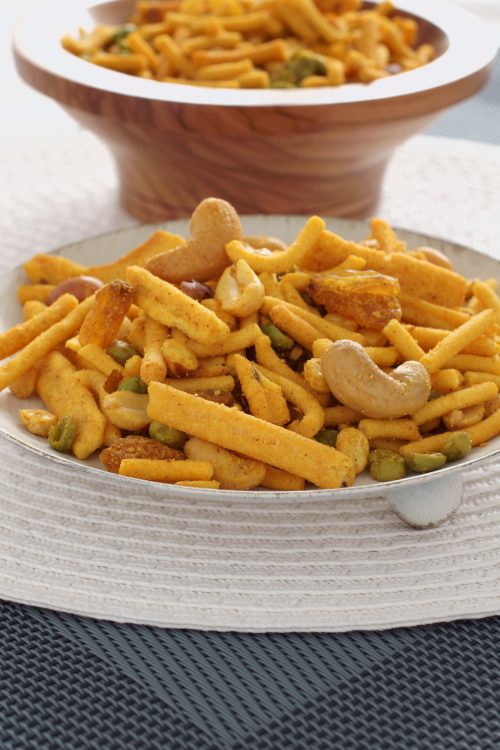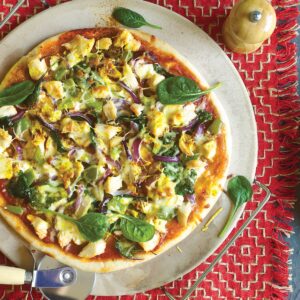
Q. Most nights of the week before dinner I eat a handful of dried flavoured peas or some bhuja mix as an alternative to chips/peanuts/crackers and cheese. I am just wondering — are these are a healthy snack?
Mary
A. HFG nutritionist Claire Turnbull responds:
Having healthy snacks at hand can be a lifesaver. When it comes to dried peas and bhuja mixes, there is a range of brands, each with slightly different ingredients, so the kilojoule, fat and sodium varies depending on which packet you look at. With the peas, there are also different flavours such as chilli, garlic and wasabi.
Ideally, a snack is something that adds nutritional value to your day and basically boosts your overall nutrition intake. Based on an 8700kJ day with three meals and two snacks, a snack would be no more than 1000kJ and ideally less than 5g fat, although for weight-loss/maintenance, snacks of up to 600kJ and 3g fat is a better guide.
From reviewing four brands of peas, the average 1/2 cup serve (around 50g) was 800kJ, 6g fat, 350mg sodium.
From reviewing three bhuja mixes, the average 50g serve was 1010kJ, 13g fat, 380mg sodium.
As a comparison, a handful of potato chips (50g) is around 950kJ, 11g fat, 300mg sodium.
So in this comparison, the peas are the winners with less kilojoules and fat than the bhuja mix (which nutritionally is actually worse than the chips).
The peas do have a fair amount of sodium per serve so they are not ideal every day. However, check the nutritional information on the brands which you buy to compare.
It’s also a good idea to measure the portion of peas you are going to have and keep it to a small handful rather than mindlessly munching away and not having any idea how much you have eaten. Your peas are likely to provide more nutrients than the bhjuja mix, with protein, fibre and iron. Try mixing them up with other nutritious snacks using sliced raw veges and healthy dips such as hummus, reduced-fat cheese and (lower-fat/lower-sodium) crackers or a small handful of unsalted mixed nuts.
www.healthyfood.com










